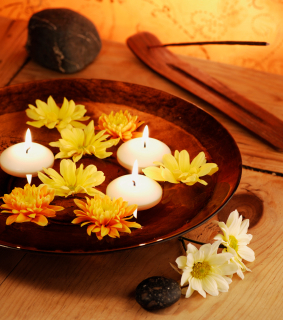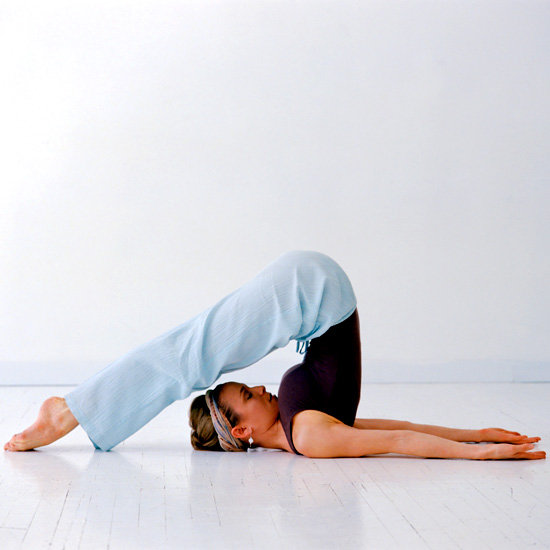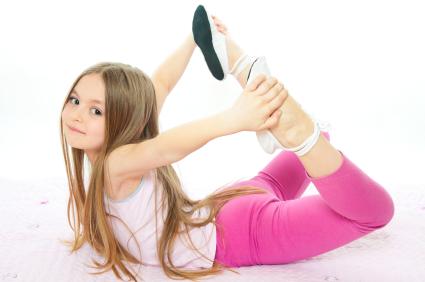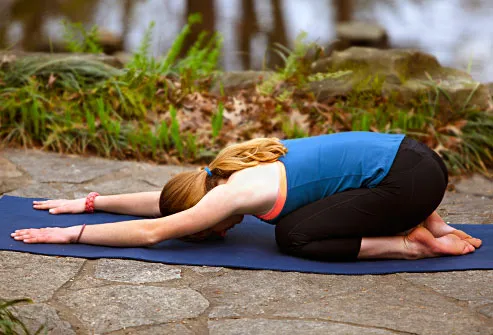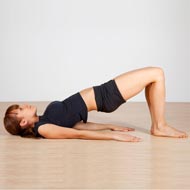
Holidays at Dragonfly Yoga
We are right in the middle of the Holiday Season and we are having fun at Dragonfly Yoga! Our theme in November was gratitude. What a perfect time of the year for taking the time to be grateful for all that we have. Our creative arts piece of class was designed around gratitude projects. We talked about nutrition, at a time of the year when there is special foods a plenty. We even held a Karma Yoga class where we collected food for Pennridge FISH, a food pantry in Perkasie, where we are located. Between myself and four young yogis, we collected 27 pounds of food which we dedicated in our Karma class and delivered to FISH in time for the holidays.
December brings us to a study about affirmations, chakras, and transformation! During our first class in December, we explored our root chakra, our navel chakra, and our solar plexus chakra. We practiced breathing and meditation as well as yoga poses and affirmations associated with these three chakras.

The root chakra is located at the base of the spine and connects us to the earth. We have a good relationship with our families, feel grounded and balanced, and stand up for ourselves if our root chakra is balanced. Intentions related to the root chakra are balance, peace, trust, safety,calm, and patience. Diaphragmatic breathing is associated with the root chakra as well as meditating on the image of roots connecting you to the earth. Affirmations associated with the root chakra are "I am safe. I am grounded and stable. I belong. My body is string and healthy." Some poses we practiced were Child's Pose, Mountain Pose, Frog, Tree, Eagle, Butterfly, Cobra, Locust, and Bridge. 

The naval chakra is located near the lower back, pelvis, and hips. We are able to give and receive, we are empowered, and we have balance with food, work, and pleasure when our navel chakra is balanced. Intentions related to the navel chakra are creativity, harmony, friendship, fun, and pleasure. Diaphragmatic breathing is associated with the navel chakra as well as meditating on the image of water. Affirmations associated with the navel chakra are "I allow myself to experience fun. I love and nurture myself. I embrace change." Some poses we practiced were Squat, Triangle, Warrior III, and Forward Bends.

The solar plexus chakra is located near the stomach. We are able to trust our instincts and make self-empowering decisions when are solar plexus chakra is balanced. Intentions related to the solar plexus chakra are honor, self-worth, ambition, willpower, strength, and achievement. Breathing into the solar plexus and visualizing light or looking at a candle are some breathing and meditation exercised associated with the solar plexus chakra. Affirmations associated with this chakra are "I am powerful and strong. I live with honor and integrity. I am enough as I am. Whatever I do is more than enough." Some solar plexus chakra poses we practiced are Cat, Sun Salutations, Plank, Warrior I and Warrior II, Boat, and Wheel Pose.

We will explore the heart chakra this Wednesday December 12th as we go through the story of "How the Grinch Stole Christmas". We will also focus on the throat chakra. During our Winter Solstice Class (December 19th) we will explore the third eye chakra and the crown chakra. This class will also focus on transformations, as we prepare for winter. The last class in December will be about the 12 Days of Christmas.

Yoga is a wonderful activity for kids and teens to practice! Please join us for some fun this holiday season and come to yoga. All ages and abilitiess
welcome!



















